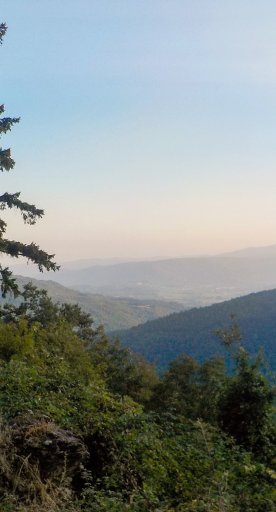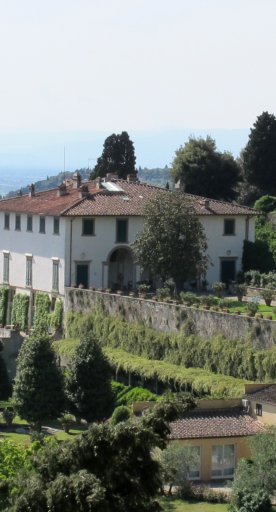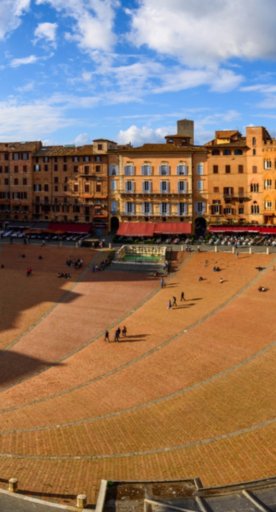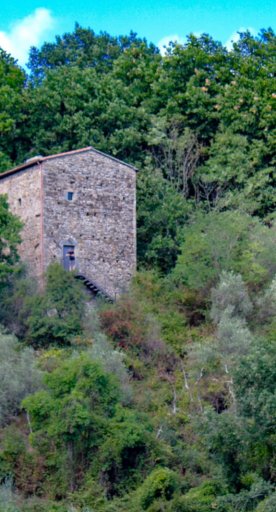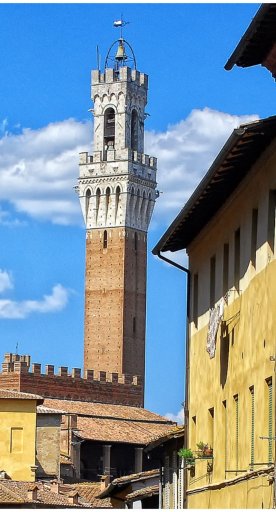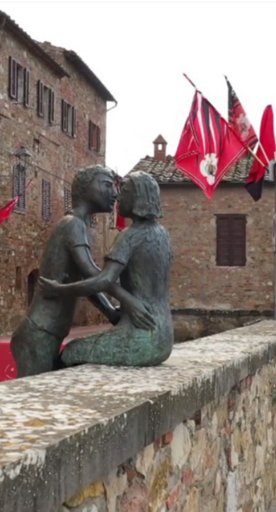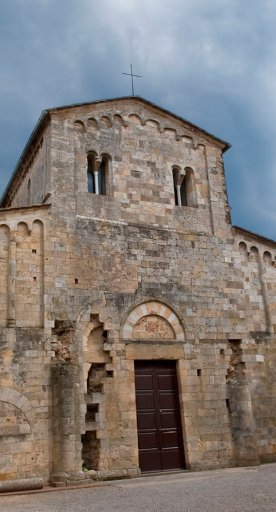Sleeping at monasteries in Tuscany
Simplicity and spirituality means you can enjoy the silence and ethereal landscapes of these spiritual places
An alternative way to experience Tuscany could come about by sleeping at a monastery, treating yourself to rest and spirituality. One advantage of this type of accommodation is the low cost; monasteries are cheap or sometimes even free. This is because several monastic orders take hospitality as one of their rules, along with their vows of poverty and charity. Of course, don't expect bedrooms for billionaires; monks live in simple cells with simple furnishings, narrow beds and few frills. You might have to share a bathroom with other people and meals are often served with fellow travellers or with the monks themselves, most likely with home-style food and communal tables.
-
1.La Verna Sanctuary in Chiusi della Verna
-
2.San Miniato al Monte in Florence
-
3.Camaldoli Monastery in Poppi
-
4.Vallombrosa Abbey in Vallombrosa, Reggello
-
5.Montesenario Sanctuary
-
6.Borgo della Speranza in Ulignano di Volterra
-
7.Franciscan hermitage Le Celle in Cortona
-
8.Monastery of Santa Maria a Ripa in Montecatini Alto

Generally speaking, these forms of accommodation are slightly outside major cities, far away from chaos, in an area fitting for monastic contemplation in the mountains or countryside. In general, they have few rooms available and you'll need to book in advance, else you risk not finding a space. In the monasteries, guests of all or no faiths are welcome, but of course everyone must respect the rules of the monks - have respect for others, be quiet, arrive for meals promptly and respect the curfew, which at times can be quite early. Here is a list of the 8 biggest monasteries in Tuscany to try this kind of accommodation, but there are many more.
La Verna Sanctuary in Chiusi della Verna

The sanctuary in La Verna, which is one of the most important Franciscan sanctuaries in the world, dates to the start of the third century. It's said that St. Francis of Assisi received the stigmata here in 1224. It's situated in a panoramic position amongst mountains covered by forests of beeches and firs. The sanctuary includes the small church of Santa Maria degli Angeli, the corridor and the Chapel of the Holy Stigmata and the Basilica dedicated to Santa Maria Assunta. Website
San Miniato al Monte in Florence

The construction of San Miniato in Monte began in 1013. Here, guests are required to share the scheduled times of the monks’ community. The whole complex, including a church, a monastery run by Olivetan monks and even a walled bishop’s palace, is surrounded by defensive walls. Originally built by Michelangelo, they enclose the old Cemetery of the Saints’ Gates where several Florentine and Tuscan figures are buried. Website
Camaldoli Monastery in Poppi

San Romualdo, founder of the Camaldoli order, arrived in the Casentino valley at the feet of the Apennines in 1012 with some disciples. Here, he constructed the first five cells with their own vegetable garden and a small chapel, and the monks established equilibrium between solitude and community life. San Romualdo also built a house in order to receive guests and pilgrims. Here you can find two cloisters, the refectory, the guest rooms, an old pharmacy and the monks' cells. Outside there is a forest surrounding the monastery. Website
Vallombrosa Abbey in Vallombrosa, Reggello

Situated just 30 kilometres from Florence, the Vallombrosa (meaning shaded valley) Abbey is immersed in a centuries-old forest. The Vallombrosa Abbey was originally built as a Romanesque church, but has undergone countless transformations over the centuries. Here, monks of the Benedictine order manage the accommodation and you can also find important works of art as well as a museum, a pharmacy and a few hidden gems, such as the Scalinata del Calvario. Website
Montesenario Sanctuary

The sanctuary of Monte Senario is one of the most important sanctuaries of Tuscany and is located on the hill of the same name to the north of the city of Florence, in the town of Vaglia. The convent was built in 1234 by seven noble Florentines and the founder of the Servants of Mary. The complex includes a large hospice, a church, a convent, a monastery, a refectory, a rooftop terrace, a large cistern for rainwater, a monumental cross, a distillery and three caves.
Borgo della Speranza in Ulignano di Volterra

In Ulignano Volterra, near Pisa, 100 meters from the beautiful 17th century villa of Ulignano, stands the old Borgo della Speranza, or village of hope, built in 1100. Borgo della Speranza is run by the humanitarian association "Dare" and its volunteers. This village is ideal for a holiday immersed in the peaceful countryside and for day trips to bigger cities like Pisa, Siena, Florence, Volterra and San Gimignano, or walks in the nature reserve of Monte Nero.
Franciscan hermitage Le Celle in Cortona

The Le Celle convent is one of the first Franciscan settlements founded by Francis of Assisi in 1211. Frate Elia, the minister general of the Order of Friars Minor at the time of the death of Francis in 1235, started to build the first section of the sanctuary also constructing the cells, the Oratory of St. Francis, a small refectory and five cells the size of the cell of the saint, where he spent the latter part of his life. The monastery is surrounded by a forest of oak trees.
Monastery of Santa Maria a Ripa in Montecatini Alto

Although the church appears to date to the first half of the thirteenth century, the building is probably from an earlier period. The foundation of the monastery is thought to be from 1533, the year in which a group of pious people of the castle of Montecatini decided to stand apart from the world by embracing the rule of the Hermits of St. Augustine. They stayed at the Church of Santa Maria a Ripa in some adjacent houses so that they could stay and lead a common life. We know very little about the earliest history of the church and the monastery because of the fire that burned all the archives of the Community of Montecatini. Today, the Monastery of Santa Maria a Ripa continues to be a place of spirituality in Valdinievole for contemplation.











